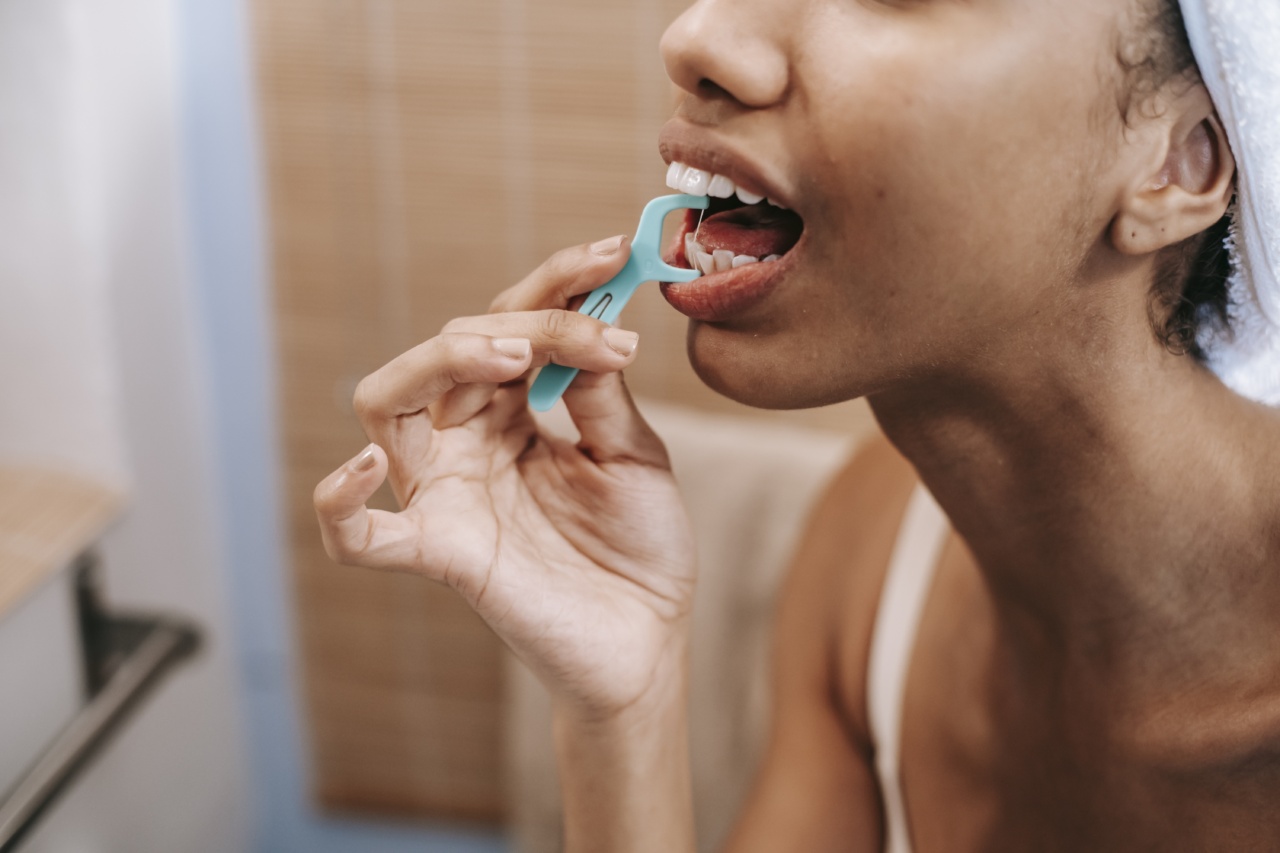Sleep apnea is a common problem that affects millions of people worldwide. This condition causes interrupted breathing during sleep, which leads to poor quality sleep and a range of health problems.
One effective way to deal with obstructive sleep apnea is to use oral appliances. Let’s take a closer look at what these appliances are and how they can help.
What is Sleep Apnea?
Sleep apnea is a sleep disorder that causes breathing to repeatedly stop and start during sleep. There are two main types of sleep apnea: obstructive sleep apnea and central sleep apnea.
Obstructive sleep apnea is the most common type, and it occurs when the muscles at the back of the throat fail to keep the airway open. Central sleep apnea is less common and occurs when the brain fails to send the right signals to the muscles that control breathing. Sleep apnea affects people of all ages but is more common among the elderly and those who are overweight or obese.
How is Sleep Apnea Treated?
There are several treatments for sleep apnea, including lifestyle changes, continuous positive airway pressure (CPAP) machines, and oral appliances.
Lifestyle changes such as weight loss, quitting smoking, and avoiding alcohol can help alleviate mild sleep apnea symptoms. CPAP machines are the most effective treatment for severe sleep apnea. They work by keeping the airway open with a steady flow of air. However, some people find CPAP machines uncomfortable or inconvenient to use.
For these people, oral appliances may be a better option.
What are Oral Appliances?
Oral appliances are special devices that fit in the mouth and help keep the airway open during sleep. They are designed to be comfortable, easy to use, and portable.
Oral appliances work by moving the lower jaw forward, which opens up the airway and reduces snoring. They are custom-fitted, meaning that they are made to fit each patient’s mouth precisely. This ensures that the appliance is both effective and comfortable to wear.
How Do Oral Appliances Help Treat Sleep Apnea?
Oral appliances help treat sleep apnea by keeping the airway open during sleep. They move the lower jaw forward, which opens up the airway and reduces the risk of the tongue and soft palate collapsing and blocking the airway.
This improves breathing and reduces snoring, which leads to better quality sleep. Oral appliances are particularly useful for those with mild or moderate sleep apnea, or for those who find CPAP machines uncomfortable or inconvenient.
What are the Different Types of Oral Appliances?
There are several types of oral appliances used to treat sleep apnea. The most common type is the mandibular advancement device (MAD). The MAD works by pushing the lower jaw forward, which opens up the airway and reduces snoring.
Another type of oral appliance is the tongue retaining device (TRD). The TRD works by holding the tongue in place to prevent it from falling back and blocking the airway. Both types of oral appliances are custom-fitted to the patient’s mouth to ensure a perfect fit.
What are the Benefits of Using Oral Appliances?
There are several benefits to using oral appliances to treat sleep apnea:.
- They are comfortable to wear and easy to use
- They are portable and convenient for travel
- They are effective for mild to moderate sleep apnea
- They reduce snoring and improve sleep quality
- They can be used as an alternative to CPAP machines
How Do You Get an Oral Appliance?
If you suspect that you have sleep apnea, it’s important to speak to a doctor who can recommend the appropriate treatment. In most cases, a sleep study will be required to diagnose sleep apnea.
If an oral appliance is deemed appropriate for your condition, your dentist or sleep specialist will take impressions of your teeth and jaw to create a custom-fitted device. Once the appliance is made, you will need to return to have it fitted and adjusted as necessary.
What Are the Side Effects of Using Oral Appliances?
While oral appliances are generally safe and well-tolerated, some people may experience side effects such as:.
- Dry mouth
- Excessive salivation
- Jaw discomfort or pain
- Tooth discomfort or pain
- Temporomandibular joint (TMJ) issues
- Changes in bite or tooth position
If you experience any side effects while using an oral appliance, it’s important to speak to your dentist or sleep specialist. Adjustments to the appliance may be necessary to minimize discomfort and ensure that it is working properly.
Conclusion
Oral appliances are an effective treatment option for mild to moderate sleep apnea. They work by keeping the airway open during sleep, reducing snoring, and improving sleep quality.
While they may not be appropriate for everyone, they are a convenient and comfortable alternative to CPAP machines. If you think you may have sleep apnea, speak to your doctor about your treatment options.




























